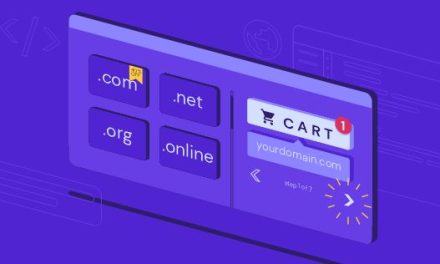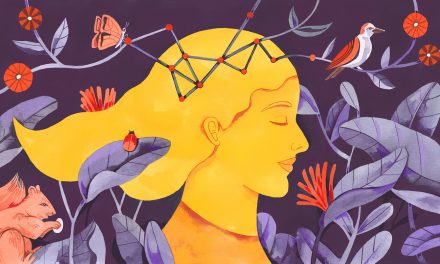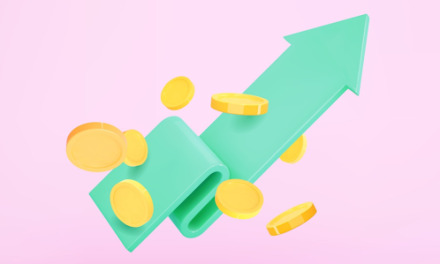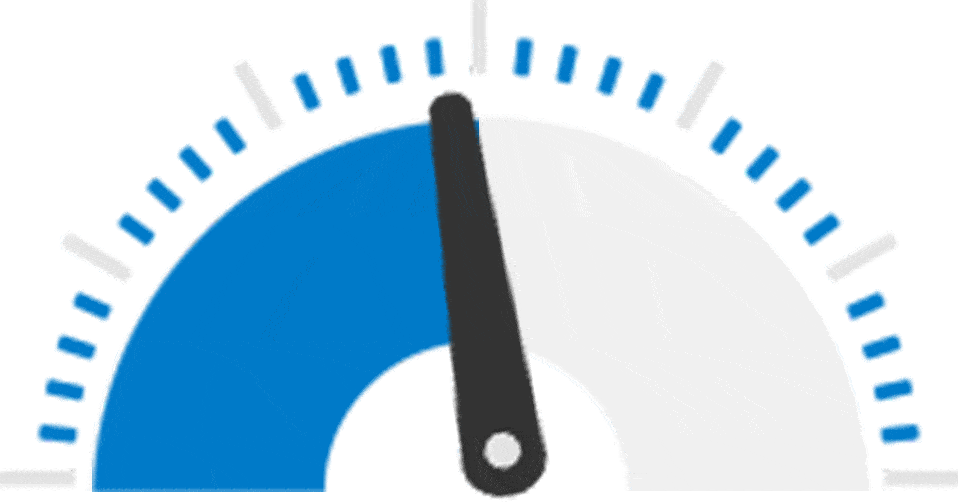The dynamic realm of web design continually evolves, with each passing year ushering in innovative trends that reshape the digital landscape. In the year 2023, the winds of change bring forth a wave of captivating design elements. From vibrant color schemes to immersive 3D elements, let’s delve into the upcoming web design trends that will influence the aesthetics and functionality of websites.
1. Bold and Bright Colors
In 2023, designers are embracing bold and bright colors to infuse websites with a sense of playfulness and vibrancy. Colors like neon green, fuchsia, and yellow are taking center stage, creating visually striking and memorable online experiences. This trend not only adds a fun element to websites but also aids in making them stand out, contributing to enhanced brand recall.
2. Dark Mode
Dark mode, a trend that gained popularity in recent years, is set to continue its reign in 2023. Offering a sleek and stylish look, dark mode is particularly favored for text-heavy websites. Its advantages include improved readability, reduced eye strain, and a sophisticated overall appearance. The dark backdrop directs focus to the content, providing both aesthetic appeal and practical benefits.
3. 3D Design Elements
The integration of 3D design elements is on the rise, aiming to create more immersive and interactive user experiences. Through animations and illustrations, websites come to life, engaging users in a dynamic manner. Particularly appealing to a younger audience, this trend offers a fresh and captivating way to consume content, adding a layer of excitement and interactivity.
4. Micro-Interactions
Micro-interactions, small animations responding to user actions, are gaining momentum in 2023. Focused on enhancing user engagement, these subtle animations contribute to a more interactive and enjoyable website experience. Ranging from simple animations conveying information to more complex ones creating immersive experiences, micro-interactions keep users focused and interested.
5. Asymmetrical Layouts
Breaking away from traditional designs, asymmetrical layouts offer a visually appealing and dynamic user experience. Effective in breaking up large content blocks, these layouts make information more digestible. Additionally, they draw attention to specific areas of a website, adding an element of surprise and interest. Asymmetrical layouts are particularly favored by sites seeking a creative and cutting-edge image.
6. Personalized Web Design
Personalized web design is set to gain prominence in 2023, focusing on delivering a unique and tailored user experience. Customizing layouts, content, and color schemes based on user preferences or past interactions enhances individualization. This trend contributes to heightened user satisfaction and loyalty by creating a more engaging and personalized online journey.
7. Voice User Interfaces (VUI)
Voice User Interfaces (VUI) offer a natural and intuitive way for users to interact with websites through voice commands. Particularly beneficial for older audiences, VUI simplifies access to information and website features. Moreover, it enhances website accessibility for users with disabilities, ensuring a more inclusive digital experience.
In conclusion, the web design trends of 2023 showcase the industry’s commitment to innovation and user-centric experiences. Designers continue to push boundaries, creating visually stunning and functionally robust websites that cater to evolving user expectations.
Author Introduction: Pritish Kumar Halder
Pritish Kumar Halder, a seasoned web designer and technology enthusiast, brings a wealth of experience and insight to the ever-evolving world of digital design. His passion for staying ahead of the curve in web design trends is evident in his exploration and analysis of the latest innovations shaping the online landscape. With a keen eye for aesthetics and a finger on the pulse of technological advancements, Halder guides both designers and enthusiasts into the exciting future of web design.







Wow, superb blog layout! How long have you been blogging for? you make blogging look easy. The overall look of your site is magnificent, as well as the content!
What i dont understood is in reality how youre now not really a lot more smartlyfavored than you might be now Youre very intelligent You understand therefore significantly in terms of this topic produced me personally believe it from a lot of numerous angles Its like women and men are not interested except it is one thing to accomplish with Woman gaga Your own stuffs outstanding Always care for it up
Its like you read my mind You appear to know so much about this like you wrote the book in it or something I think that you can do with a few pics to drive the message home a little bit but other than that this is fantastic blog A great read Ill certainly be back
certainly like your website but you need to take a look at the spelling on quite a few of your posts. Many of them are rife with spelling problems and I find it very troublesome to inform the reality nevertheless I will definitely come back again.